Other
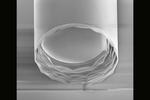
“Smaller is better when it comes to microchips, researchers said, and by using 3D components on a standardized 2D microchip manufacturing platform, developers can use up to 100 times less chip space. A team of engineers has boosted the performance …

“Composites made from self-assembling inorganic materials are valued for their unique strength and thermal, optical and magnetic properties. However, because self-assembly can be difficult to control, the structures formed can be highly disordered, leading to defects during large-scale production. Researchers …
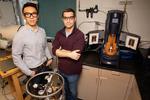
“Lithium-ion batteries are notorious for developing internal electrical shorts that can ignite a battery’s liquid electrolytes, leading to explosions and fires. Engineers at the University of Illinois have developed a solid polymer-based electrolyte that can self-heal after damage – and …
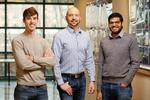
“Handling very soft, delicate items without damaging them is hard enough with human hands, let alone doing it at the microscopic scale with laboratory instruments. Three new studies show how scientists have honed a technique for handling tiny, soft particles …
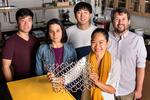
“New research by engineers at the University of Illinois combines atomic-scale experimentation with computer modeling to determine how much energy it takes to bend multilayer graphene – a question that has eluded scientists since graphene was first isolated. The findings are …
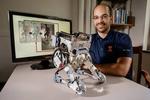
“Imagine being trapped inside a collapsed building after a disaster, wondering if anybody will be brave enough to rescue you. Suddenly, a door bursts open, and standing in the shadows is a robot. But this is not just any robot …

“For dual-mode rocket engines to be successful, a propellant must function in both combustion and electric propulsion systems. Researchers from the University of Illinois at Urbana-Champaign used a salt-based propellant that had already been proven successful in combustion engines, and …
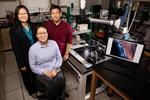
“Researchers have found a way to use polymer printing to stretch and flatten twisted molecules so that they conduct electricity better. A team led by chemical and biomolecular engineers from the University of Illinois report their findings in the journal …
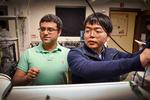
“Engineers at the University of Illinois have found a way to redirect misfit light waves to reduce energy loss during optical data transmission. In a study, researchers exploited an interaction between light and sound waves to suppress the scattering of …
“University of Illinois electrical engineers have cleared another hurdle in high-power semiconductor fabrication by adding the field’s hottest material – beta-gallium oxide – to their arsenal. Beta-gallium oxide is readily available and promises to convert power faster and more efficiently than …
